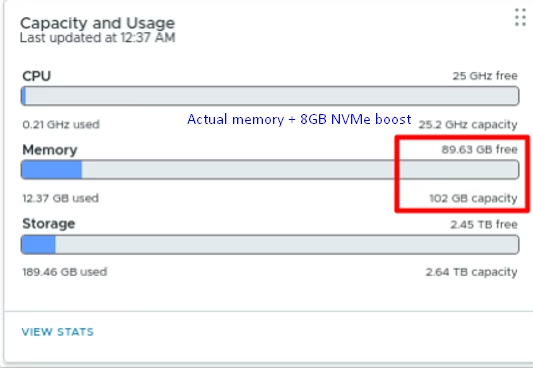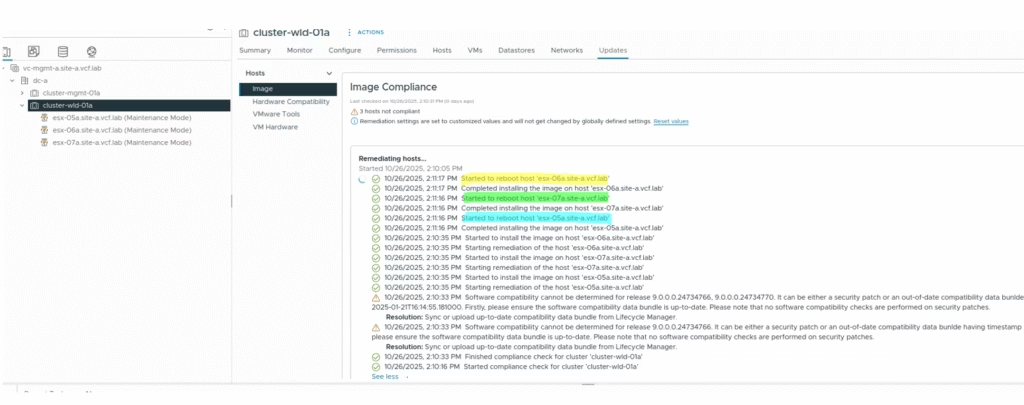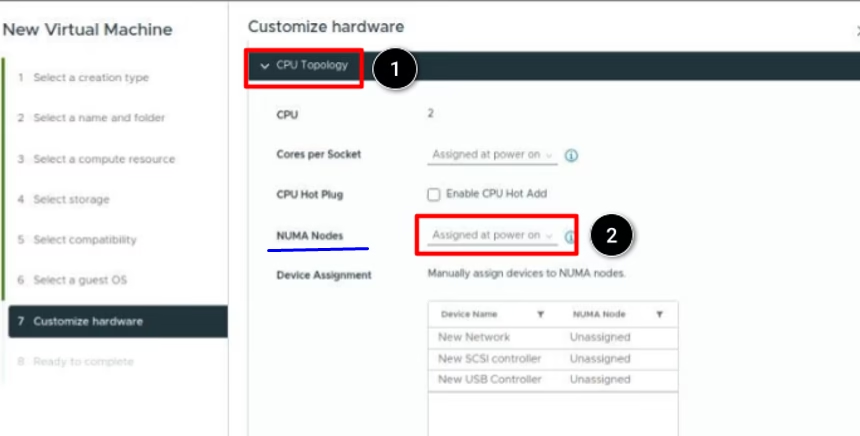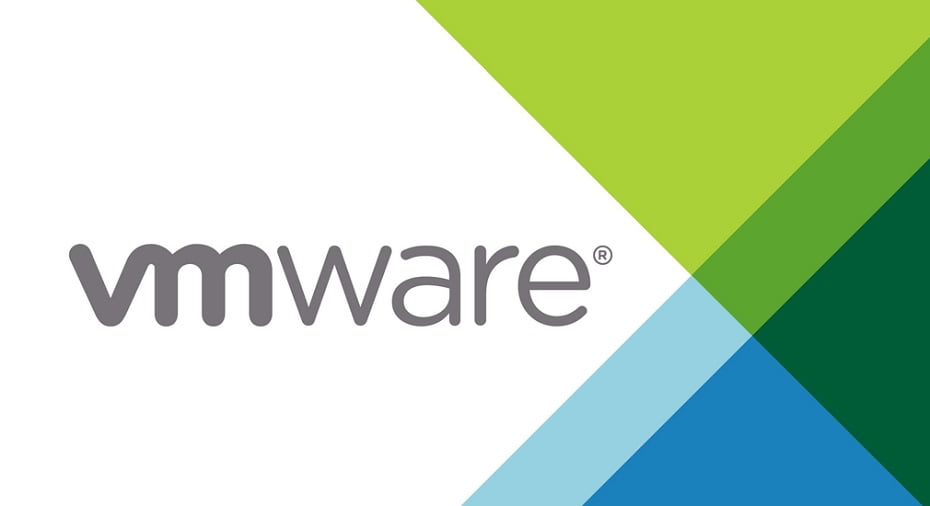Whether you’re running classic VMs, Kubernetes clusters, or AI/ML workloads, it’s faster, smarter, and more flexible than ever. From adding extra memory without buying new RAM to deploying Windows 11 VMs with TPMs automatically, vSphere 9 helps you get more done with less hassle so here are the top features of vSphere 9.
VCF Business Services Console
VCF Business Services Console — a single, cloud-based hub where you log in with your Broadcom account to handle all your licensing needs centrally. From this console, you can create tenants, add users, and assign licenses to your vSphere or VCF environments.=
Setup is flexible too:
- In connected mode, VCF Operations instance talks directly to the console and gets activated automatically.
- In disconnected mode, you simply export a registration file, upload it to the console, and receive a digitally signed license file you can import back in.
Memory Tiering — More Memory, Less Cost
Think of this as adding an NVMe turbo boost to your server’s RAM and this could be a great one for home labs.. vSphere 9 can now treat NVMe storage as a second layer of memory moving less-used data from fast DRAM to NVMe, freeing up space for more workloads — Its like getting extra RAM without buying new sticks
Example: taking 8GB from an NVMe disk can increase an ESX host’s memory from 96GB to 102GB.


Virtual Private Cloud (VPC) Inside vCenter
Admins can now create VPCs and subnets directly from vCenter — no need to jump into NSX every time.
You can even mark networks as public or private and assign external IPs to VMs. Borrowing from AWS and Azure concepts, VMware now uses Virtual Private Clouds (VPCs) and Transit Gateways (TGWs)
- Public Subnets: Advertised to the physical infrastructure without NAT requirements.
- Private – Transit Gateway Subnets: Communicate across VPCs within a TGW without external access.
- Private – VPC Subnets: Isolated to a specific VPC, allowing overlapping IP blocks

vSphere Lifecycle Manager — Parallel Power
Lifecycle Manager can now update multiple hosts in parallel — cutting cluster remediation time drastically however use this with caution as all hosts reboot at once . It also stages updates before maintenance mode to reduce downtime.

Cloning Virtual Machines with a vTPM Module
In earlier versions, cloning Windows 11 VMs often failed because TPM secrets couldn’t be copied — leading to broken clones. Now, with vSphere 9’s TPM Provision Policy, that’s fixed. Each time you clone or deploy a Windows 11 VM, vSphere automatically creates a new, unique TPM, keeping your environment secure and the process fully automated.

Live Patching — Fix Without Reboots
vSphere 9 introduces Live Patch — apply patches to hosts without reboots or maintenance mode.
VMs stay online. You stay productive.
Better DRS, NUMA, and CPU Control
DRS gets smarter — it now shows a DRS Score per VM.
You also get:
- Easier vNUMA configuration
- CPU Over-commit limits
- Smarter VM distribution and power management
This all means smoother performance across your clusters.


